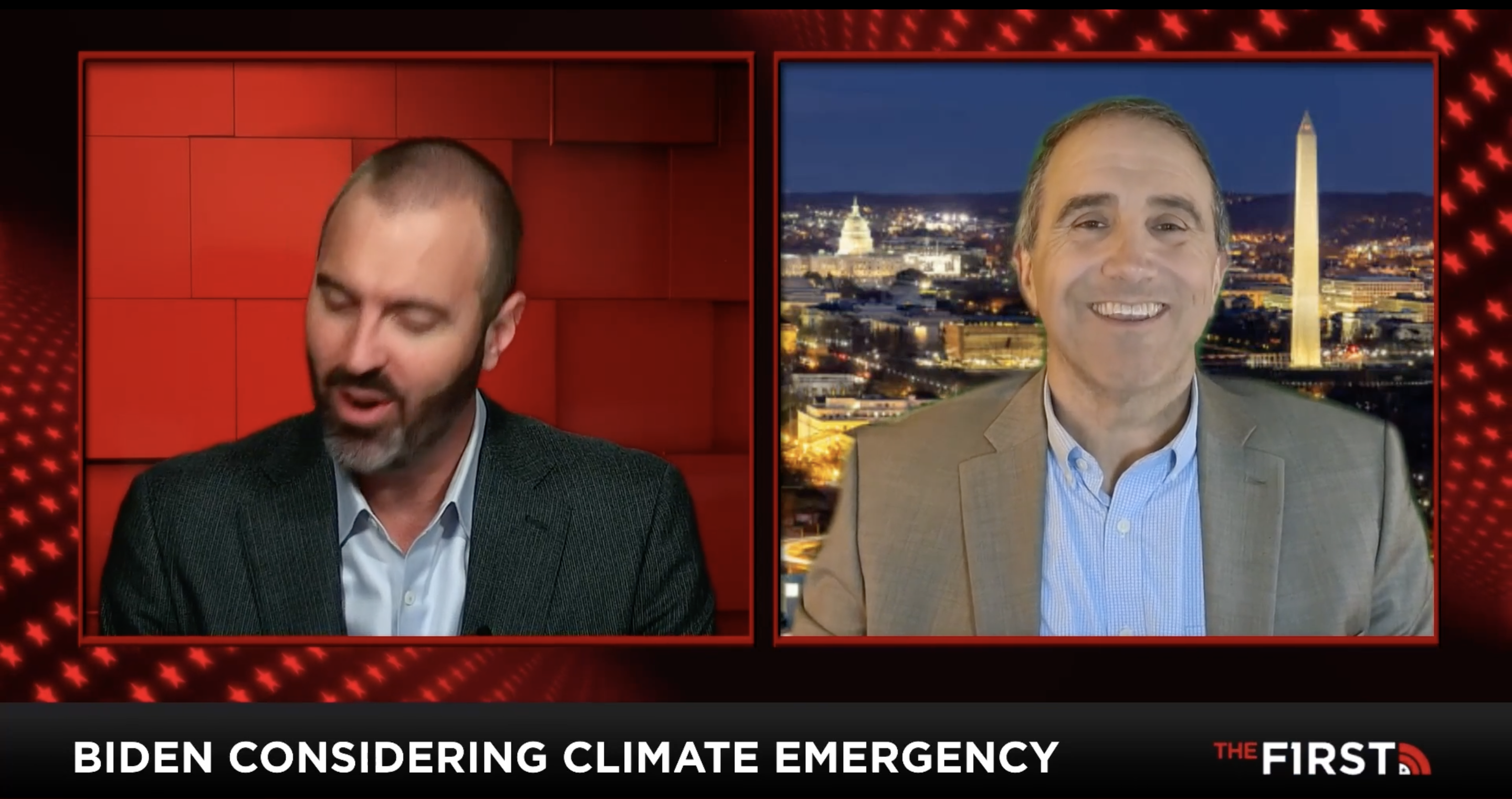- By Bruce Pardy, Financial Post
Paris is a climate fairy tale. It has always been more about money and politics than the environment
Two weeks of climate talks in Bonn ended last week without agreement on a draft negotiating text, the Washington Post reports. Developing countries demanded to know when the US$100-billion package promised to them as part of the Paris climate agreement would be forthcoming. Hopefully, the answer will be “never” and that will lead to the end of the deal.
Paris is a climate fairy tale. It has always been more about money and politics than the environment. Last year, U.S. President Donald Trump wisely announced that America would withdraw. For developed nations who still believe Paris is a viable plan, the prospect of a massive transfer of wealth under the guise of carbon reductions must seem less attractive without the U.S. to help foot the bill. Still, other world leaders seem irrationally committed to pursuing the real objectives of Paris: wealth redistribution, virtue signalling and globalist governance.
At the core of Paris, signed in 2015, and its 1992 umbrella document, the United Nations Framework Convention on Climate Change, is the principle of “common but differentiated responsibilities and respective capabilities.” The term means that developed countries are expected to go first, do more, and pay more. “To each according to his needs, from each according to his abilities,” as Marx wrote in a similar vein.
The objective is to rebalance resources. How much more must developed countries do and how many more dollars should they transfer? In the Paris negotiations, the parties confirmed a breathtaking minimum transfer of US$100 billion per year starting in 2020, with the expectation that higher amounts would be forthcoming as time progressed. In exchange, developing countries with high and accelerating carbon emissions, such as China and India, talked of reducing emissions, eventually, probably.
At the time the UNFCCC was adopted in 1992, the greater share of global emissions did indeed come from wealthier countries. However, that has not been the case since approximately 2007 and annual emissions from developing countries now dwarf those from the developed world. China became the world’s largest carbon emitter in 2006 and by some estimates emits twice what the U.S. does annually. Yet under Paris, China has said its annual emissions will keep growing until 2030.
As a matter of arithmetic, the lifestyles of people in Western countries do not pose nearly as acute a risk to greenhouse gas concentrations as even a small rise in per capita emissions from countries with “emerging” economies and enormous populations. The Paris consensus blames the West for the world’s problems while privileging countries that pose the most serious threats. If the danger is carbon emissions, it is developing countries that are now the biggest problem.
Paris is more a movement than a legal framework. It imagines the world as a global community working in solidarity on a common problem, making sacrifices in the common good, reducing inequality and transcending the negative effects of market forces. In this fable, climate change is a catalyst for revolution. It is the monster created by capitalism that will turn on its creator and bring the market system to the end of its natural life. A new social order will emerge in which market value no longer determines economic decisions. Governments will exercise influence over economic behaviour by imposing “market-based mechanisms” such as carbon taxes and cap-and-trade systems. Enlightened leaders will direct energy use based upon social justice values and community needs. An international culture will unite peoples in a cause that transcends their national interests, giving way to the next stage of human society. Between the lines of the formal text, the Paris agreement reads like a socialist nightmare.




